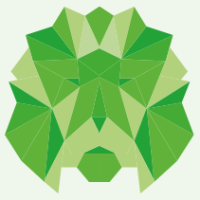数字游民请注意:您需要了解泰国新推出的 DTV 签证
Jan 20, 1970

We are a full-cycle AI, web, mobile, and .NET application development provider for technology companies and startups.

We are a full-cycle AI, web, mobile, and .NET application development provider for technology companies and startups.